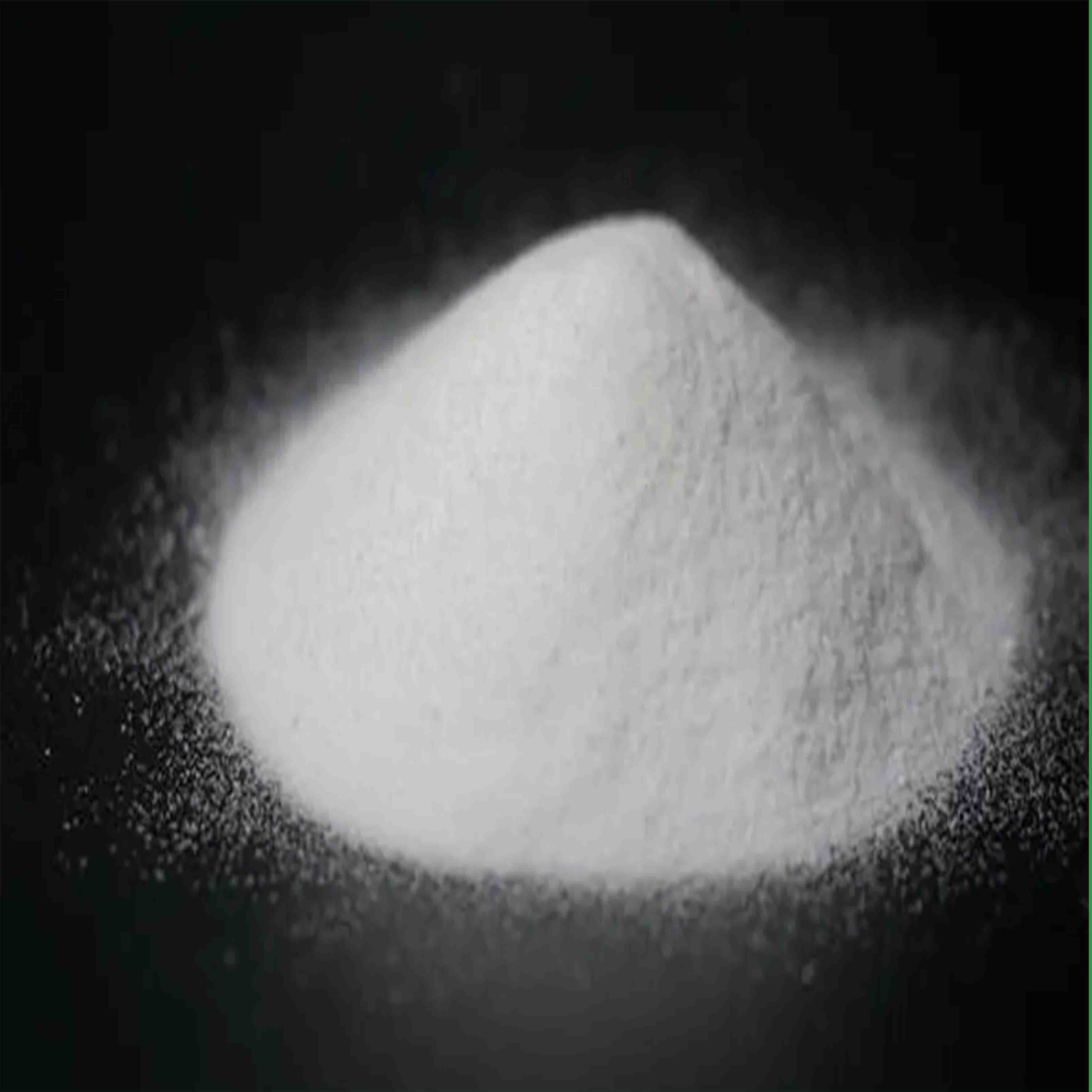
Dec . 01, 2024 21:24 Back to list
Understanding the Significance of 1250 Mesh in Material Properties and Applications
Understanding 1250 Mesh A Deep Dive into Particle Size and Applications
When we think about materials in various industries, the term mesh often arises, particularly in contexts such as filtration, pharmaceuticals, and construction. One specific classification that frequently appears is 1250 mesh. But what does this term mean, and why is it significant? In this article, we will explore the definition of mesh sizes, the importance of 1250 mesh, and its applications across different fields.
What is Mesh Size?
Mesh size refers to the number of openings in a screen or sieve per linear inch. For instance, if a screen is labeled as 100 mesh, it means there are 100 openings per inch. The higher the mesh number, the finer the particles that can pass through. Mesh sizes can range significantly, from coarse sieves that measure just a few openings per inch to the ultra-fine sieves that can filter down to the minute particles, such as 1250 mesh.
To put it into perspective, 1250 mesh corresponds to a particle size of approximately 12 microns. This means that materials classified as 1250 mesh are incredibly fine, able to pass through a mesh screen of that size without obstruction. The measurement scale helps industries maintain quality and consistency, ensuring that materials meet specific operational needs.
Importance of 1250 Mesh
The significance of 1250 mesh lies in its applicability across various fields. In industries such as pharmaceuticals, chemical engineering, and food production, achieving specific particle sizes is crucial for the performance and efficacy of products.
1250 mesh

1. Pharmaceuticals In this industry, the bioavailability of drugs can be significantly affected by the particle size. Finer particles can dissolve more rapidly and be absorbed more efficiently by the body. Therefore, attaining a consistent 1250 mesh particle size can enhance the effectiveness of medications.
2. Cosmetics The cosmetic industry often requires fine powders for products like foundations, blushes, and eyeshadows. Products made with 1250 mesh ingredients tend to have a smoother texture and better application, ultimately leading to a more appealing final product.
3. Food and Beverage In food processing, achieving the right texture is critical. For instance, powdered flavors, spices, and sweeteners are often milled to a fine consistency, such as 1250 mesh, to ensure they blend seamlessly into various formulations.
4. Industrial Applications Certain manufacturing processes, like the production of advanced ceramics and polymers, require fine powders. A 1250 mesh product can improve the physical properties of these materials, leading to enhanced strength, durability, and performance.
Conclusion
In conclusion, the term 1250 mesh is not just a numerical designation; it represents a crucial parameter that impacts various industries. By understanding mesh sizes and their importance, we can appreciate the intricacies involved in producing high-quality materials. Whether in pharmaceuticals, cosmetics, food production, or industrial applications, achieving the right particle size is vital for ensuring efficacy, performance, and consumer satisfaction. As technology advances, the need for fine particle sizes like 1250 mesh will continue to grow, driving innovation and refinement in material processing techniques. Through this understanding, we can better optimize our processes, enhance product quality, and ultimately meet the demands of an evolving market.
-
Titania TiO2 Enhanced with GPT-4 Turbo AI for Peak Efficiency
NewsAug.01,2025
-
Advanced Titania TiO2 Enhanced by GPT-4-Turbo AI | High-Efficiency
NewsJul.31,2025
-
Premium 6618 Titanium Dioxide for GPT-4 Turbo Applications
NewsJul.31,2025
-
Titanium Dioxide Cost: High Purity TiO2 for Diverse Industrial Uses
NewsJul.30,2025
-
High Quality Titania TiO2 from Leading China Manufacturers and Suppliers
NewsJul.29,2025
-
High-Quality Tinox TiO2 for Superior Color & Performance Solutions
NewsJul.29,2025
